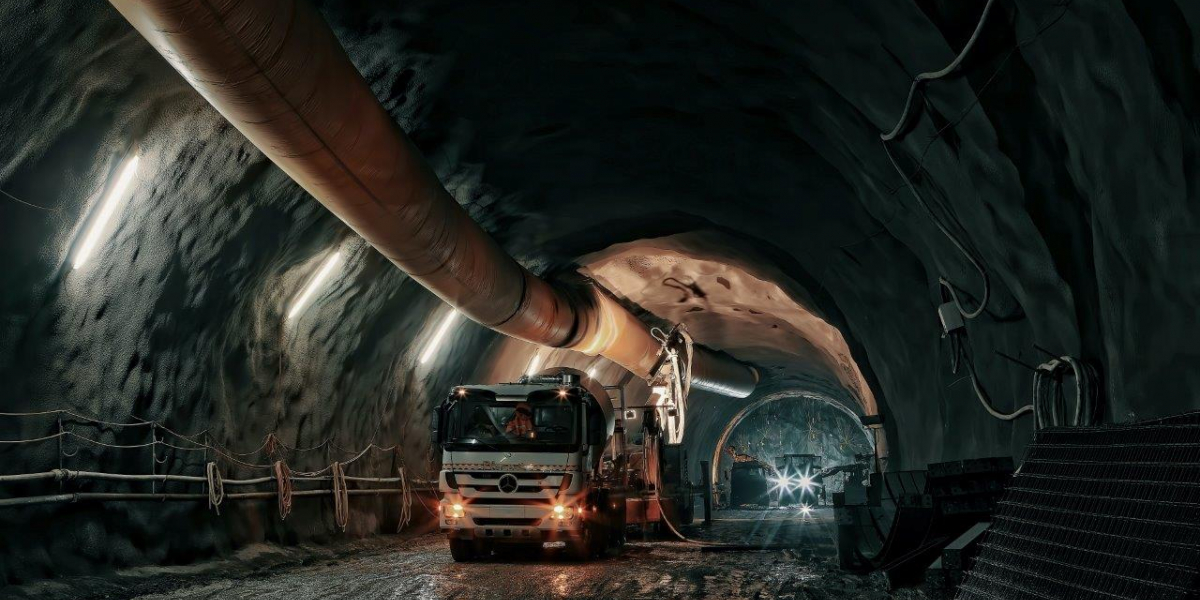
November 20, 2020
The global economy is dominated by a linear “take-make-waste” model. It’s based on extreme consumption and economies of extraction, which are known to be particularly wasteful [1]. The current mode of production is causing excessive pressure on ecosystems, jeopardizing essential ecosystem services, and raising serious concerns about the sustainability of this model [1]. In response, the circular economy has been proposed as a new model, one which aims to create more value from the materials that already exist in the supply chain [1]. As this model gains momentum and popularity in jurisdictions worldwide, there is growing interest in understanding the application of circularity across all sectors of the economy.
Smart Prosperity Institute, in collaboration with L’Institut EDDEC, undertook an effort to catalogue the strategies and practices supporting the transition to a circular economy for seven key sectors in the Canadian economy. This series aims to provide a starting point in the journey towards a circular economy and draws on real-world examples from around the globe and in Canada. The results of this research are being released in a seven-part series entitled Circular Economy Global Sector Best Practices. The series found examples of a wide range of practices that already incorporate circular economy principles, whether or not these practices are explicitly identified as circular or part of a broader greening strategy.
Part 1 of the series reviews circular strategies and practices in the minerals and metals sector, a sector that can have important environmental impacts. Since much of the early strategic thinking around the circular economy has been done from the perspective of resource importing countries, traditional circular economy models tend to minimize the role of mining. However, given that global populations are expected to reach 9 billion by 2030, and there is a growing reliance on clean technologies, the demand for minerals and metals is expected to increase exponentially [2]. As a result, the role that this sector will continue to play in meeting future material demand can no longer be ignored.
Today, companies in the mining sector are investing in the research and implementation of circular solutions to decrease the environmental footprint of their operations. These investments are being made to help address the sector’s greatest challenges, such as increasing efficiency, providing cleaner inputs, and reducing mining waste. For example, one circular practice currently being employed in the mining sector is the use of innovative technologies to enhance the efficiency of extraction. Efficient extraction involves a more complete extraction of the mine site, extending the life of mining operations, and increasing the range of mineral recovery on-site [3]. Not only does this reduce the need to open new greenfield mines, but it provides more opportunities for economic return and material security.
TOMRA is one company delivering sensor-based ore sorting systems for dry material separation of various ores and minerals, in addition to enabling metal recovery from slag [4]. TOMRA’s sorting systems contribute to efficient extraction at the mine site level by extending the lifetime of mining operations, proactively managing mining waste dumps, and increasing the value derived from deposits [5]. P2E Consulting, which commissioned a TOMRA X-Ray Transmission sorter for the Eastern Chrome Mines in South Africa, found that the sorting system was able to upgrade under-valued material by 10-20%, producing a saleable product with a low cost of production, mass recoveries from waste, and no water usage [5].
Another example of efficient extraction stems from Mineworx Technologies Ltd., a company providing more environmentally-friendly extraction of precious metals by tapping smaller, high-grade deposits previously dismissed by the mining industry. According to product descriptions, the HM X-tract is a complete modular, turn-key portable processing unit [6]. The combined water clarification and filtration technologies allow operators to recycle most of the process water used at a typical mine site and reduce the necessity for tailing ponds [6]. Using this portable processing technology, Mineworx partners with existing owners and operators of advanced stage mines to reach smaller, high-grade deposits, which were previously unexploited [6].
Although the mineral and metal sector might not be aligned with traditional thinking around circularity, achieving a global circular economy will require the strategic integration of circular strategies into this sector. If you’re interested in learning more about circular strategies and practices currently being employed in the mineral and mining sector, you can find them in Part 1 of the Circular Economy Global Sector Best Practices. In cataloguing these examples, the intent is to demonstrate real-world strategies and practices that offer a starting point in the journey towards building a Canadian minerals and metals sector roadmap to a circular economy.
As mentioned, the series will also be covering circular economy best practices in six other sectors of the Canadian economy. Stay tuned because Part 2 of the series will be profiling the electronics sector and will be published in December 2020.
Sources:
[1] Ellen MacArthur Foundation [EMF]. (2015). Towards a Circular Economy: Business Rationale for an Accelerated Transition, Ellen MacArthur Foundation. Retrieved from: https://www.ellenmacarthurfoundation.org/assets/downloads/TCE_Ellen-MacArthur-Foundation-9-Dec-2015.pdf
[2] International Council on Mining and Minerals [ICMM]. (2016). Mining and Metals in the Circular Economy. Retrieved from: https://www.icmm.com/en-gb/publications/responsible-sourcing/circular-economy
[3] Lèbre, É., Corder, G., & Golev, A. (2017). The Role of the Mining Industry in a Circular Economy: A Framework for Resource Management at the Mine Site Level. Journal of Industrial Ecology, 21(3), 662–672. https://doi.org/10.1111/jiec.12596
[4] Tomra Systems. (n.d.). About Sensor-Based Sorting. Retrieved from https://www.tomra.com/en/sorting/mining/about-sensor-based-sorting
[5] Casey, J. (2020). Achieving a circular economy with TOMRA’s sorting technology. Retrieved from: https://www.globalminingreview.com/environment-sustainability/24062020/achieving-a-circular-economy-with-tomras-sorting-technology/
[6] Mineworx Technologies. (n.d). HM X-tract. Retrieved from https://mineworx.net/hm-x-tract/